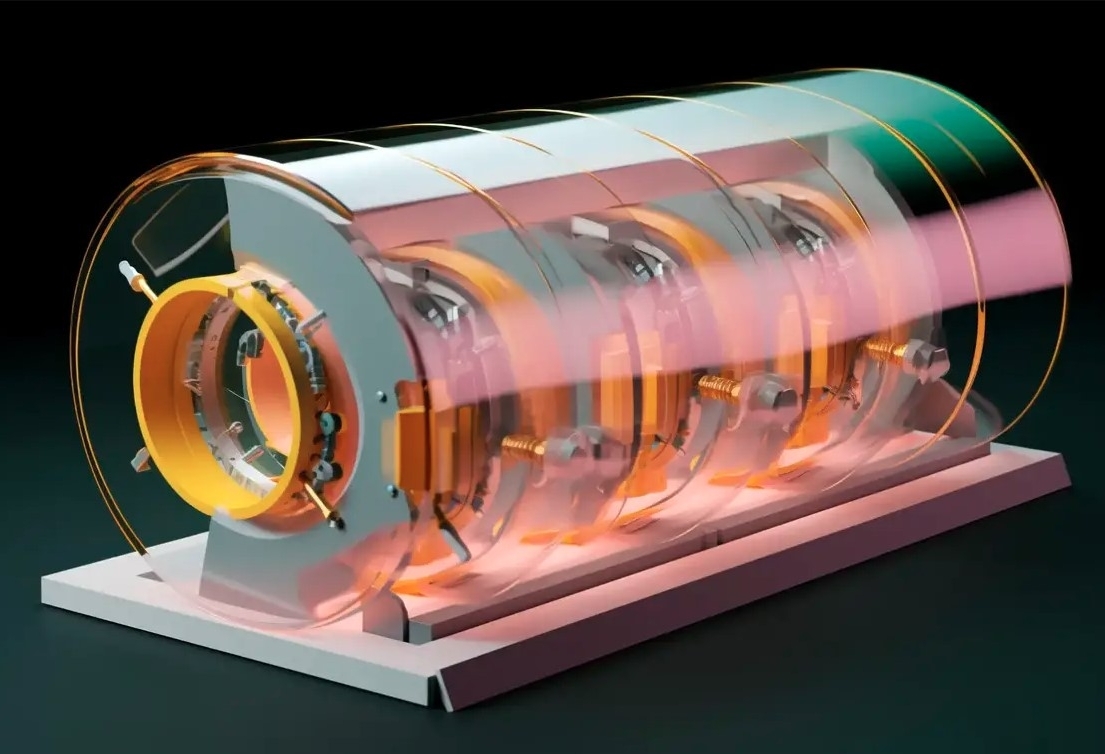



MIT develops superconducting device to radically cut energy use in computing

Baku, July 31, AZERTAC
Ultra-small “switch” could be easily scaled, according to the SciTechDaily.
A team of scientists from MIT, along with their colleagues, have developed a simple superconducting device that could transfer current through electronic devices much more efficiently than is possible today. As a result, the new diode, a kind of switch, could dramatically reduce the energy consumption of high-power computing systems. This is a pressing issue that is predicted to become even more significant in the future. Even though it is in the early stages of development, the diode is more than twice as efficient as similar ones reported by others. It could even be integral to emerging quantum computing technologies.
MIT scientists and colleagues have created a simple superconducting device that could transfer current through electronic devices much more efficiently than is possible today. As a result, the new diode, a kind of switch, could dramatically cut the amount of energy used in high-power computing systems, a major problem that is estimated to become much worse. Even though it is in the early stages of development, the diode is more than twice as efficient as similar ones reported by others. It could even be integral to emerging quantum computing technologies.
“This paper showcases that the superconducting diode is an entirely solved problem from an engineering perspective,” says Philip Moll, Director of the Max Planck Institute for the Structure and Dynamics of Matter in Germany. Moll was not involved in the work. “The beauty of [this] work is that [Moodera and colleagues] obtained record efficiencies without even trying [and] their structures are far from optimized yet.”
“Our engineering of a superconducting diode effect that is robust and can operate over a wide temperature range in simple systems and potentially opening the door for novel technologies,” says Jagadeesh Moodera, leader of the current work and a senior research scientist in MIT’s Department of Physics. Moodera is also affiliated with the Materials Research Laboratory, the Francis Bitter Magnet Laboratory, and the Plasma Science and Fusion Center (PSFC).
The nanoscopic rectangular diode—about 1,000 times thinner than the diameter of a human hair—is easily scalable. Millions could be produced on a single silicon wafer.
Quantum material exhibits 'non-local' behavior that mimics brain function
Cybersecurity breakthrough: New cipher system protects computers against spy programs
Triboelectric nanogenerator – new technology successfully harvests electricity from raindrops
MIT develops superconducting device to radically cut energy use in computing
Robotex Türkiye co-founders visit Azerbaijan Technical University